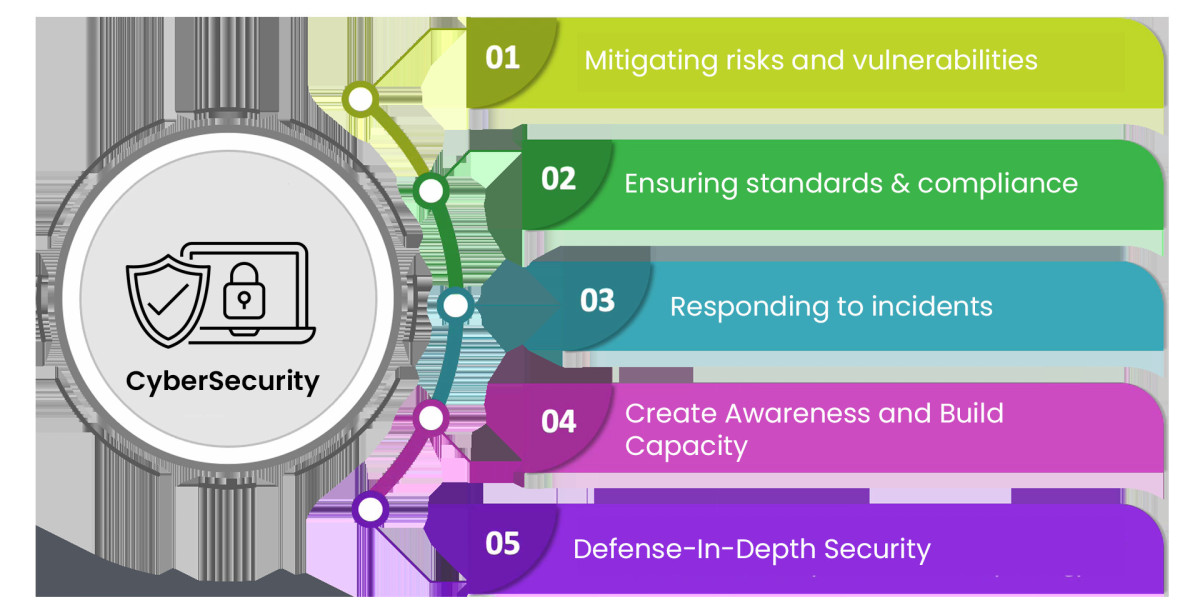The revenue generated within the cybersecurity market is a direct measure of its economic vitality and the high value that organizations place on digital risk management. The powerful financial outlook for the industry, with forecasts indicating that Cybersecurity revenue streams will contribute to a market expected to be worth USD 400.0 billion by 2035, highlights its transformation into a core pillar of the global economy. This growth, sustained by a 6.32% CAGR, is fueled by a global shift towards recurring, subscription-based revenue models and a continuous expansion of the services that can be monetized. The consistent expansion of revenue reflects a mature and non-discretionary market where investment in security is seen as a direct enabler of business innovation, digital trust, and operational resilience.
The primary revenue models in the modern cybersecurity market have overwhelmingly shifted from one-time product sales to recurring subscriptions. Most security software and a growing portion of hardware are now sold on a Software-as-a-Service (SaaS) or subscription basis. This provides vendors with a predictable and stable stream of annual recurring revenue (ARR), which is highly valued by investors, while offering customers a more flexible, operational expense model. In addition to software and hardware subscriptions, the services sector is a massive and fast-growing source of revenue. The market for Managed Security Services (MSS), where providers offer 24/7 security monitoring and management, is a multi-billion-dollar industry in itself, driven by the persistent global shortage of skilled cybersecurity talent.
The largest industry verticals are the primary engines of revenue generation for the cybersecurity market. The financial services industry is a top spender, generating huge revenues for vendors who can provide advanced solutions for fraud detection, threat intelligence, and compliance. The government sector, including defense and intelligence agencies, is another major source of revenue, with large, multi-year contracts for securing critical infrastructure and national security systems. The healthcare and retail industries also contribute substantial revenue, driven by the need to protect sensitive patient and customer data and to comply with regulations like HIPAA and PCI DSS. The broad-based demand from these and other highly targeted industries provides a diverse and resilient foundation for the market's overall revenue base.
Looking to the future, new and expanding revenue streams are set to further fuel the market's growth. The burgeoning field of "cyber insurance" is creating a new ecosystem where cybersecurity vendors partner with insurance companies to help underwrite and reduce risk. As part of this, many insurers now require their clients to have certain security controls in place, driving revenue for the vendors who provide those controls. Furthermore, the rise of the Internet of Things (IoT) and Operational Technology (OT) is creating an entirely new and underserved market for specialized security solutions that can protect connected devices in factories, hospitals, and smart cities. These emerging areas represent significant new frontiers for revenue growth for the cybersecurity industry.
Explore Our Latest Trending Reports:
China AI in Computer Vision Market







